Arrayit NanoPrint LM210 is a high-throughput microarray printer capable of printing onto various surfaces, including glass slides, microplates, and custom biochip formats. It features a 192-pin printhead, enabling rapid and precise deposition of samples. With its advanced linear drive technology, the LM210 delivers superior accuracy and resolution, ensuring consistent and reliable printing results.
Arrayit NanoPrint LM210 is a high-throughput microarray printer capable of printing onto various surfaces, including glass slides, microplates, and custom biochip formats. It features a 192-pin printhead, enabling rapid and precise deposition of samples. With its advanced linear drive technology, the LM210 delivers superior accuracy and resolution, ensuring consistent and reliable printing results.




















-
 1
1
-
 2
2
-
 3
3
-
 4
4
-
 5
5
-
 6
6
-
 7
7
-
 8
8
-
 9
9
-
 10
10
-
 11
11
-
 12
12
-
 13
13
-
 14
14
-
 15
15
-
 16
16
-
 17
17
-
 18
18
-
 19
19
-
 20
20
-
 21
21
-
 22
22
-
 23
23
Arrayit NanoPrint LM210 User manual
- Type
- User manual
- This manual is also suitable for
Arrayit NanoPrint LM210 is a high-throughput microarray printer capable of printing onto various surfaces, including glass slides, microplates, and custom biochip formats. It features a 192-pin printhead, enabling rapid and precise deposition of samples. With its advanced linear drive technology, the LM210 delivers superior accuracy and resolution, ensuring consistent and reliable printing results.
Ask a question and I''ll find the answer in the document
Finding information in a document is now easier with AI
Other documents
-
CEM Fume Cabinet Installation guide
-
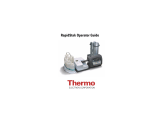 Thermo Fisher Scientific RapidStak Operator Guide
Thermo Fisher Scientific RapidStak Operator Guide
-
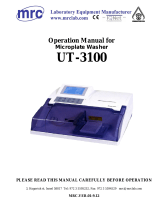 MRC UT-3100-5 User manual
MRC UT-3100-5 User manual
-
Neuation iShak BL Uno VT User manual
-
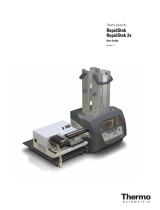 Thermo Fisher Scientific RapidStak and RapidStak 2x Release 1.1 User guide
Thermo Fisher Scientific RapidStak and RapidStak 2x Release 1.1 User guide
-
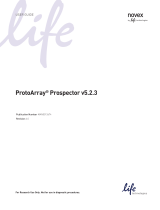 Thermo Fisher Scientific ProtoArray Prospector User guide
Thermo Fisher Scientific ProtoArray Prospector User guide
-
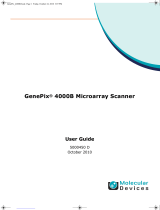 Molecular Devices GenePix 4000B User manual
Molecular Devices GenePix 4000B User manual
-
Thermo Scientific Multidrop 384 User manual
-
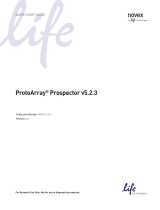 Thermo Fisher Scientific ProtoArray Prospector Quick start guide
Thermo Fisher Scientific ProtoArray Prospector Quick start guide
-
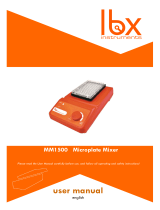 lbx instruments MM1500 User manual
lbx instruments MM1500 User manual





























